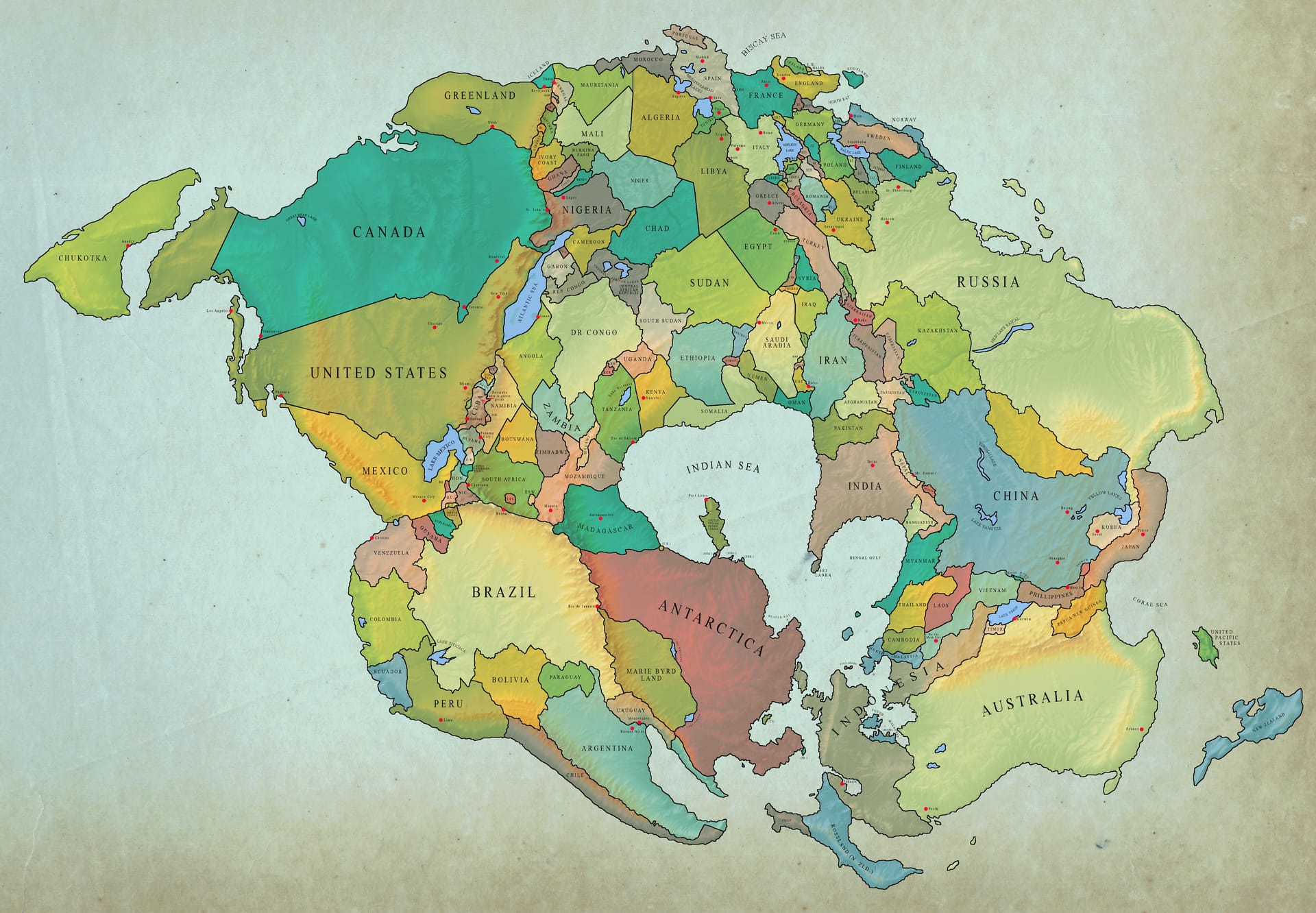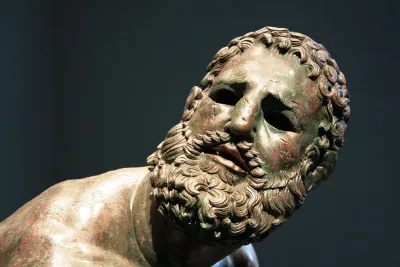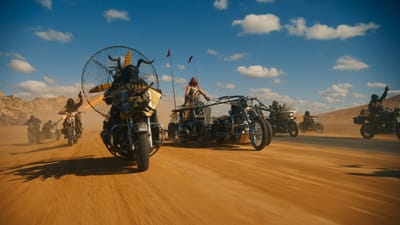TWIL #31: From New Roads to a Moving Planet

Every Sunday, I share a few of my learnings, reflections, and curiosities from the week. Things I stumbled upon, things I questioned, things that made me look twice. It’s not about being right or complete… it’s about noticing, wondering, and learning out loud.
Thanks for reading. I hope it sparks something for you too.
The Road Not Taken
by Robert Frost
Two roads diverged in a yellow wood,
And sorry I could not travel both
And be one traveler, long I stood
And looked down one as far as I could
To where it bent in the undergrowth;
Then took the other, as just as fair,
And having perhaps the better claim,
Because it was grassy and wanted wear;
Though as for that the passing there
Had worn them really about the same,
And both that morning equally lay
In leaves no step had trodden black.
Oh, I kept the first for another day!
Yet knowing how way leads on to way,
I doubted if I should ever come back.
I shall be telling this with a sigh
Somewhere ages and ages hence:
Two roads diverged in a wood, and I—
I took the one less traveled by,
And that has made all the difference.
I read this poem this week… I loved it. But I especially love the story around it.
The poem The Road Not Taken by Robert Frost (1915) has often been read as a daring manifesto. Two roads diverge in a wood; the speaker picks the one “less traveled by,” and that has made all the difference. It feels like a rallying cry about bravery, individuality, carving your own path in life. Politicians like John F. Kennedy and Barack Obama have used it in speeches. Between 1980 and 2016 alone, it was mentioned in thousands of news stories, quoted in classrooms, and even borrowed by advertisers.

But here’s the twist: the poem doesn’t actually say that. Read carefully, and both roads were “worn about the same.” The traveler only imagines, later in life, that he chose differently: that his decision was more dramatic than it really was. The poem is less about bold choices, and more about how we retell our own stories.
This double meaning was there from the start. Robert Frost wrote the poem in England, where he often walked with his friend, the poet Edward Thomas. Thomas had a habit of regretting the road not taken: literally. After each walk, he would sigh over the other path they might have chosen. Frost, amused, wrote the poem half as a joke, half as a reflection on human nature.
But Thomas didn’t take it as a joke. He read it seriously, and personally. He saw in it a mirror of his own hesitation. Not just about countryside walks, but about life itself. At the time, Britain was at war. Thomas was torn between emigrating to America, where Frost urged him to come, or enlisting in the army. The poem seemed to echo in his indecision. In 1916, Thomas enlisted. A year later, he was killed at the Battle of Arras.
So a poem that the world embraced as a bold anthem is also a private elegy. It was written to tease a friend and ended up forever linked to his death. That’s why it lingers, half-light and half-shadow: both a celebration of daring and a meditation on the way we mythologize our choices, even when they were never so different at the time.
And it leaves me wondering:
- How many of our own “roads less traveled” were really the same as any other?
- And what paths, right now, are we already turning into myths?
Stumbling Into the Public Domain
I was looking for a text the other day when ChatGPT told me it was still copyrighted. I pushed back: “but it’s more than 100 years old.” Sure enough… it was in the public domain and ChatGPT shared the text. That conversationsent me down a rabbit hole: what else lives beyond copyright, free for anyone to read?
That’s when I stumbled onto Project Gutenberg. It’s one of the internet’s oldest and most magical libraries. Over 70,000 books, all in the public domain, digitized and waiting. No paywalls, no sign-ups—just words set free.
Here are ten beautiful finds you can open right now:
- The Republic – Plato’s timeless dialogues on justice, politics, and the ideal society.
- Pride and Prejudice – Jane Austen’s wit, irony, and social insight.
- Frankenstein – Mary Shelley’s eerie vision of science and creation.
- The Adventures of Sherlock Holmes – Arthur Conan Doyle’s enduring detective tales.
- A Farewell to Arms – Ernest Hemingway’s spare, devastating novel of love and war.
- Twenty Thousand Leagues Under the Seas – Jules Verne’s visionary journey beneath the waves.
- Around the World in Eighty Days – another Verne classic of speed, adventure, and imagination.
Project Gutenberg feels like a secret garden on the web. The deeper you wander, the more treasures you uncover. Voices that once felt distant, now just a click away.
Maps of a moving world
Africa glued in between all other continents. Australia curled into Asia. Antartica bordering Madagascar. And across it all, familiar outlines: Germany, Brazil, Japan, Kenya… all our modern countries carefully drawn.
A world map… but not our world. Or is it?

What you are looking at is a map of the future: one vision of what Earth might look like in 200 million years, when drifting tectonic plates slowly crash the continents together again into a new supercontinent. Scientists call it Pangea Proxima. The Atlantic might disappear. The Pacific might close. Oceans open and vanish, coastlines crumble and rebuild. To imagine our nations persisting across this alien geography was both absurd and strangely beautiful.
It triggered me, so I kept browsing… Then I stumbled on another map. This time it wasn’t the future, but the past: a digital artwork by Italian artist Massimo Pietrobon called Pangaea Politica. He took the original supercontinent Pangea, the one that existed 300 million years ago, and draped it with today’s political borders. Russia snuggled against Canada. Spain rubbing shoulders with Florida. India pressed into Antarctica.

Two maps: one forward, one backward. Both showing something that never really was… and never really will be. But both brilliant in their way. Because they ask us to pause and see the world differently.
We like to think borders are fixed. That nations are solid. That the world map hanging in every classroom is some kind of truth. But the Earth itself is a restless stage. The continents drift at the pace of fingernails, yet over millions of years they redraw everything.
Maybe that’s the gift of curiosity: to look at what feels permanent and remember it’s only temporary. The real map of Earth is not finished… it’s still unfolding, one slow step at a time.





